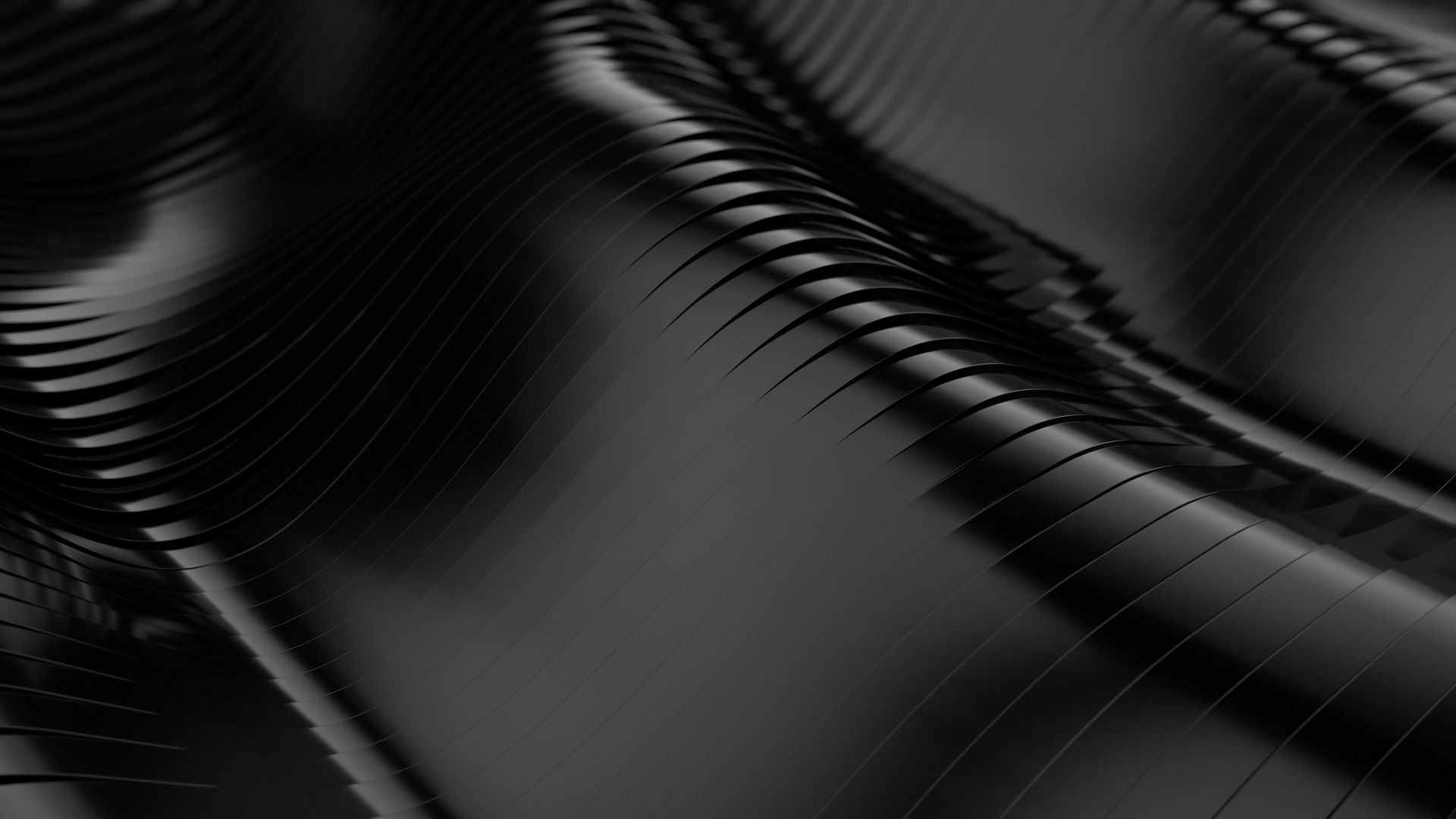The Vase. A Closer Look at the Curiosity Rover's Anomaly on Mars
- Thomas Mikey Jensen
- Oct 21, 2024
- 2 min read
The exploration of Mars continues to capture public imagination, especially through the stunning images taken by rovers like NASA's Curiosity Rover. Recently, László Szabolics, an avid Mars anomaly hunter, enhanced an image from the Curiosity Rover that has ignited a vibrant online conversation. Szabolics speculates that the object in question resembles a vase. But could it be a vase, or is it simply an illusion created by nature?

The Anomaly in Question
The object capturing the attention of many was taken in the image known as MSL 4334 MR. Szabolics describes it as a potential vase, measuring roughly 7 to 10 centimeters (about 3 to 4 inches) across. To put this size into perspective, it's smaller than a standard coffee cup. The anomaly appears to be quite close to the rover, inviting speculation about its origin.
Szabolics' enhancement brings this object into sharper focus, prompting us to consider its significance. Is it tangible evidence of a prior civilization? Or perhaps just a natural formation that bears a striking resemblance to human-made objects? While the possibilities are tantalizing, we can only uncover the truth with more rigorous investigation.

Understanding the Context of Anomalies
Anomaly hunting has blossomed into a popular activity among space exploration enthusiasts. With the rise of advanced imaging techniques and the availability of high-resolution images from Mars rovers, hobbyists and experts alike scrutinize these images closely. For instance, behind the excitement, notable discoveries have been made. In 2015, for example, Curiosity found evidence of liquid water, leading to major breakthroughs in our understanding of Mars' potential for supporting life.
It is vital to recognize that exploring anomalies on Mars is not simply a lighthearted pursuit. Every suspicious find may lead to new insights about the Martian landscape. However, distinguishing between genuine artifacts and optical illusions is a challenging task that demands careful consideration.
The Role of Curiosity Rover in Exploration
Launched in 2011, the Curiosity Rover has fundamentally transformed our understanding of Mars. With a suite of cutting-edge instruments, it conducts detailed assessments of the planet's habitability and gathers vital data about its historical environments. As of now, Curiosity has traveled over 27 kilometers (approximately 17 miles) and has sent back thousands of stunning images that reveal the planet's diverse terrains.
Curiosity has done more than expand our scientific knowledge; it has also sparked widespread public interest in Martian mysteries, leading to becoming one of the most successful space missions in history.
More Spacelink TV
Inanna
The Queen That Time Forgot - Queen of Heaven and Earth




Comments